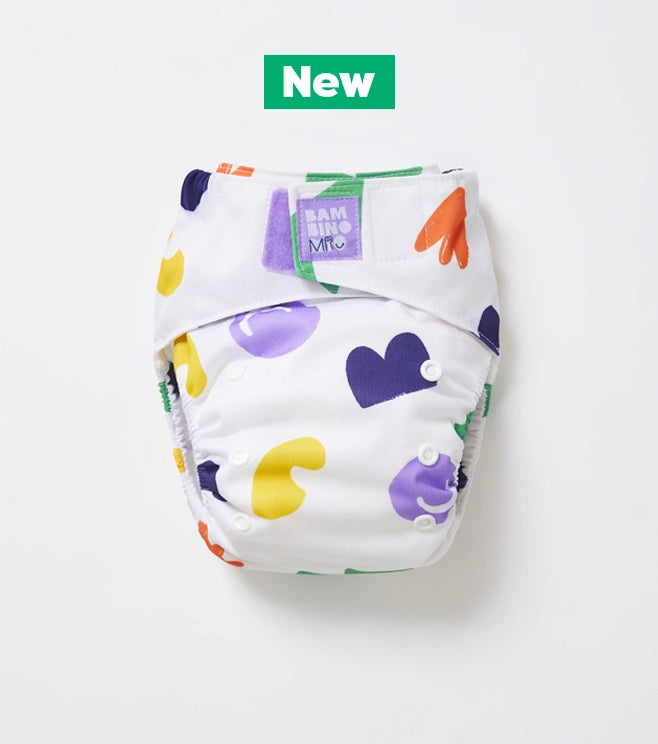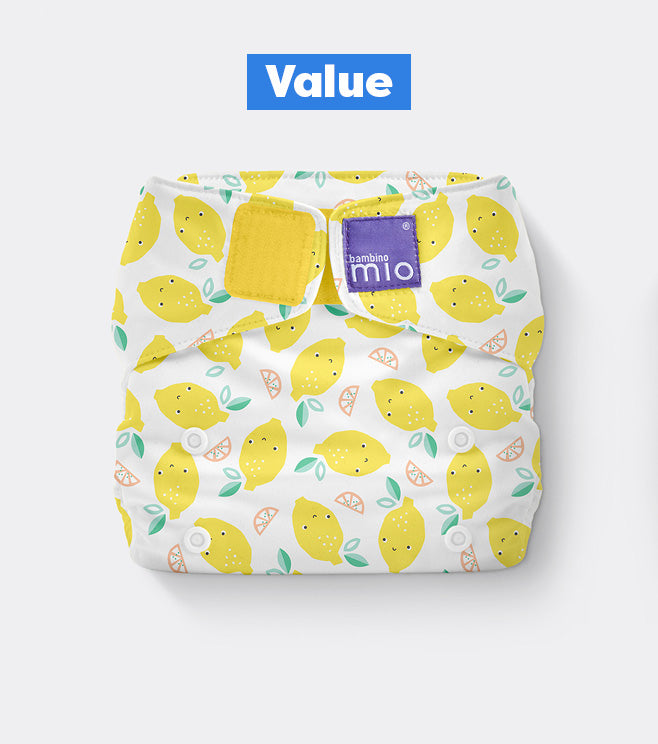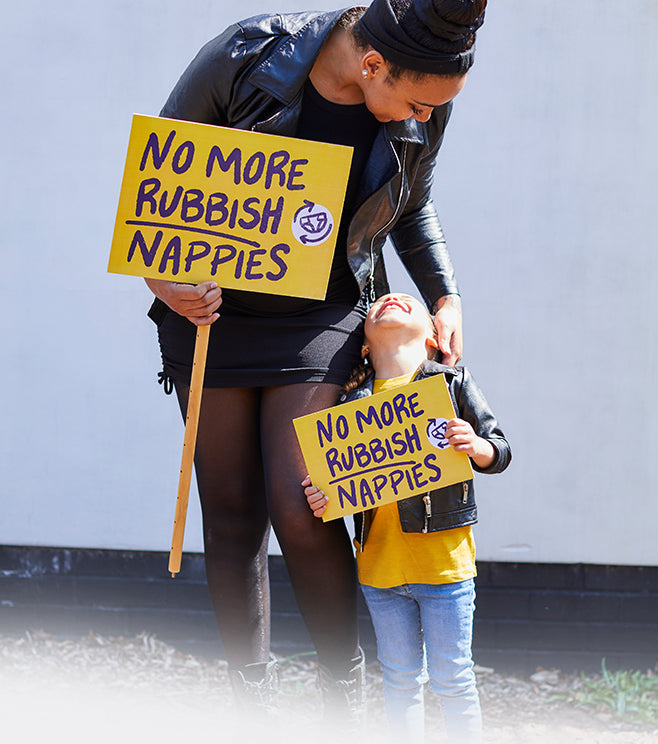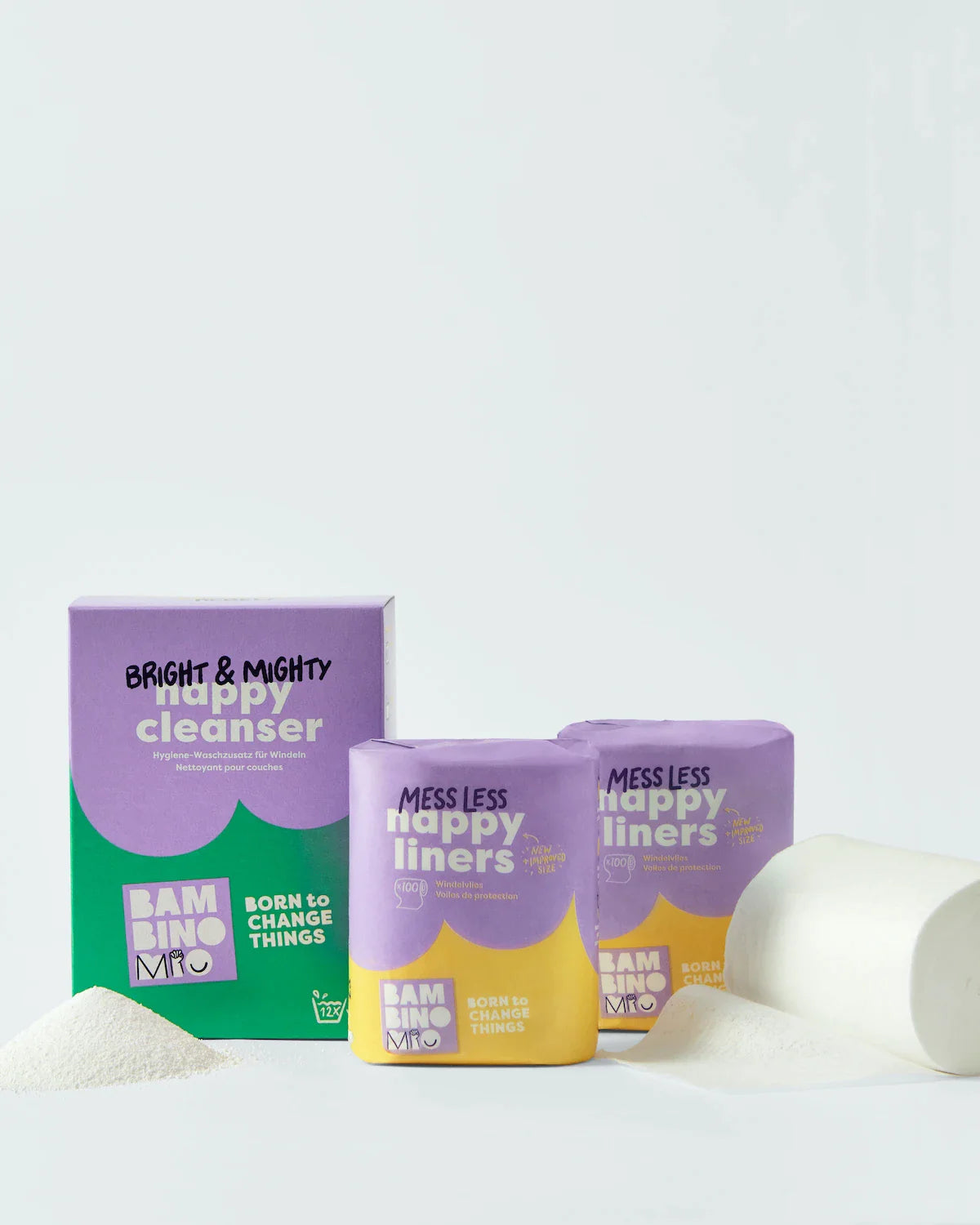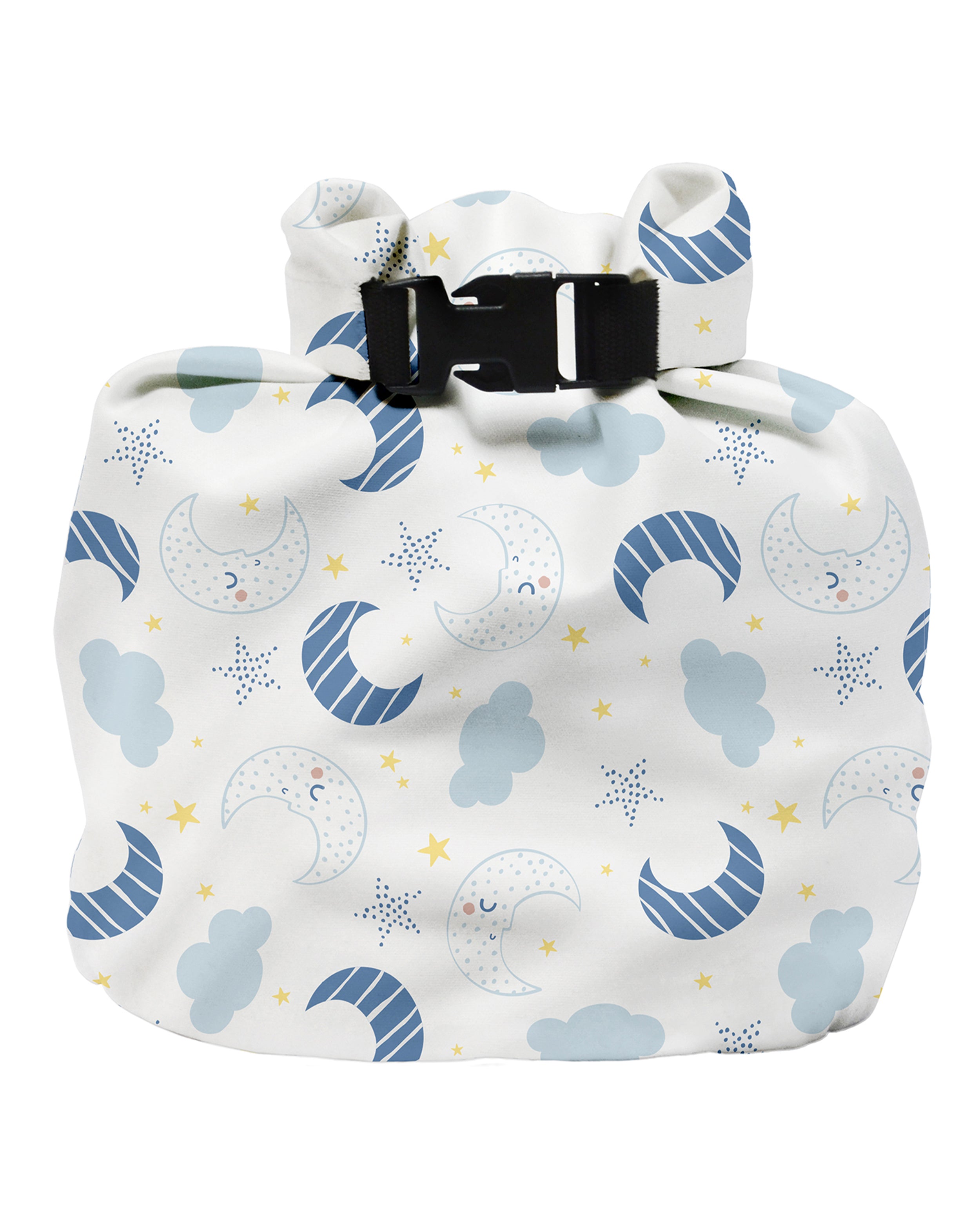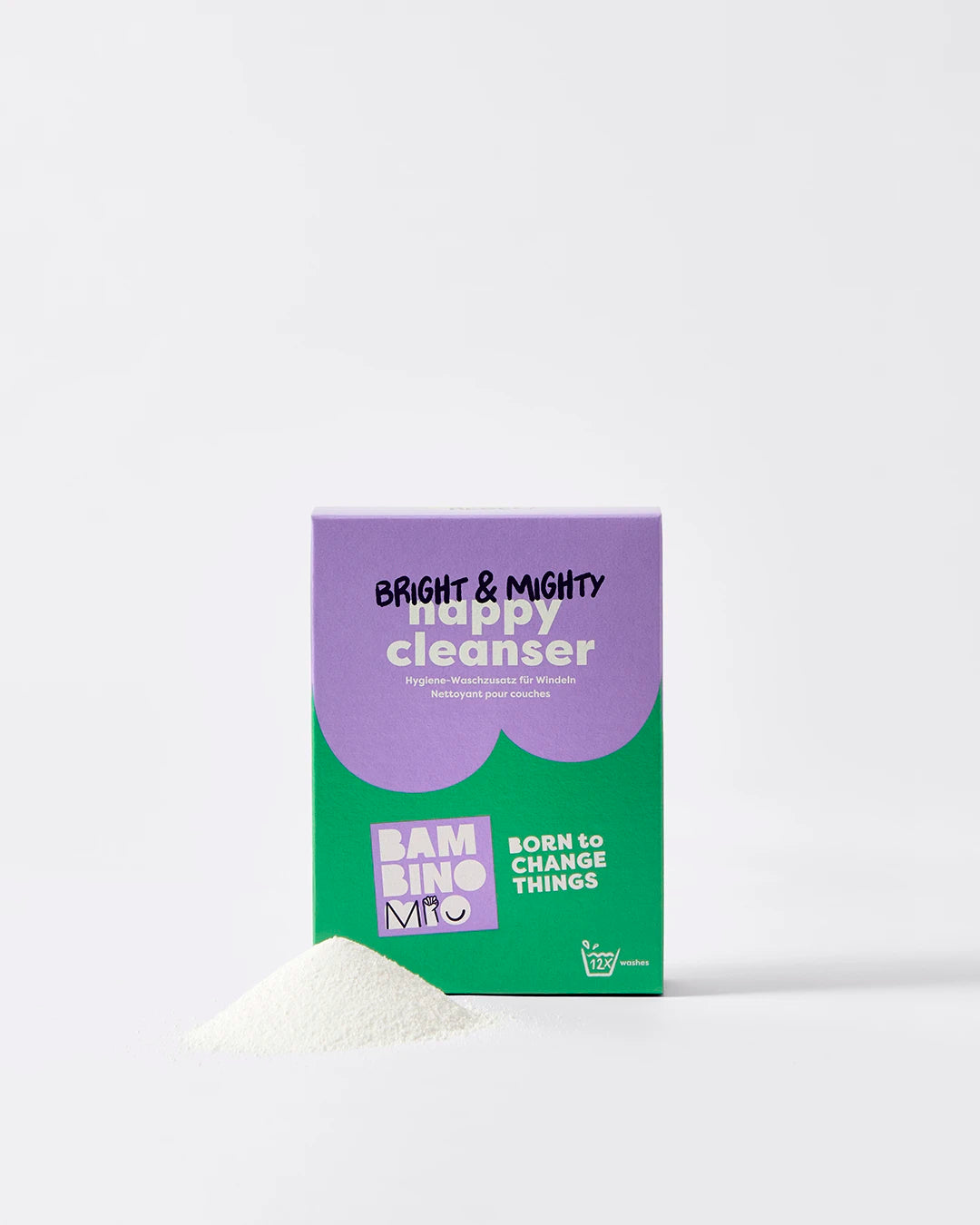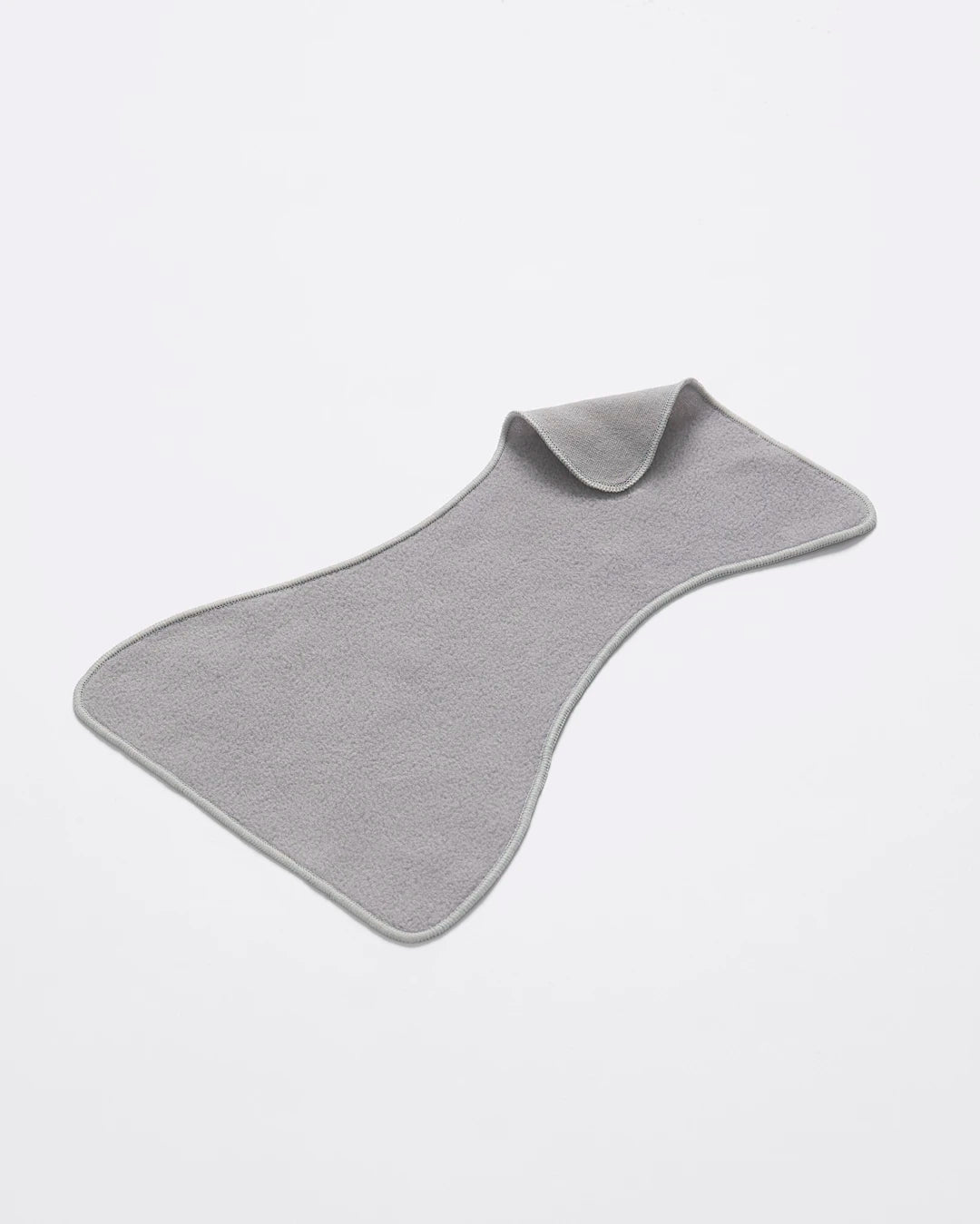Second Stage of Labour | Glossary of Pregnancy & Baby Term
Share Options
- Bambino Mio
- 09 / 08 / 2023
Inside this Article:
What is the second stage of labour?
The second stage of labour (1) is the stage which lasts from your cervix dilating to 10cm until your baby’s birth.
Is the second stage of labour difficult?
It can be the most intense stage of labour as you’re fully dilated and contractions are every two or three minutes. You might want to move into a comfortable position to give birth, such as kneeling on a birthing ball, squatting or lying on your side.
Pushing out your baby
Once your cervix is fully dilated (2), your baby will start to move down your birth canal towards your vaginal entrance. This may make you feel the urge to push, which can feel like the urge to poo.
You can push when you have a contraction (3) and when you feel the urge, although you might not feel the urge to push with every contraction. If you’ve had an epidural you may not feel any urge to push - your midwife will let you know when you’re having a contraction.
How long does the pushing stage last?
With a first baby, your pushing stage shouldn’t last for more than three hours and if you’ve had a baby before, the second stage should be no longer than two hours.
What happens when my baby is ready to be born?
When your baby’s head is nearly ready to be born, your midwife will probably ask you to stop pushing for a moment and to take some short panting breaths.
You should follow this direction as pausing and breathing slows down the birth, allowing the skin and muscles of your perineum to stretch slowly to reduce the risk of tears.
Your midwife might suggest a small cut to your perineum - an episiotomy (4) - to avoid a bad tear or to speed up your baby’s birth.
Does an episiotomy hurt?
Your midwife will probably give you a local anaesthetic to numb your perineum before they make the cut. After you’ve delivered your baby and your placenta, your midwife will repair your episiotomy or any tears.
Once you’ve delivered your baby’s head, labour is almost over - you’ll probably only need to push once or twice more to deliver the rest of their body.
After your baby is out, you’ll probably be able to hold them and have some skin-to-skin contact (5). You can also breastfeed your baby at this stage if you choose to.
Citations and References
- National Institutes of Health (NIH). National Library of Medicine. PubMed. ‘Stages of Labour.’ 2023. Web. pubmed.ncbi.nlm.nih.gov/31335010
- National Health Service (NHS). ‘The Stages of Labour and Birth.’ 2023. Web. www.nhs.uk/pregnancy/labour-and-birth/what-happens/the-stages-of-labour-and-birth
- National Health Service (NHS). ‘Labour. Contractions.’ 2023. Web. www.nhsinform.scot/ready-steady-baby/labour-and-birth/labour/contractions
- National Health Service (NHS). ‘What Happens in Labour and Birth. Episiotomy and Perineal Tears.’ 2023. Web. www.nhs.uk/pregnancy/labour-and-birth/what-happens/episiotomy-and-perineal-tears
- National Health Service (NHS). ‘Skin-to-skin Contact and Why it is Important.’ 2023. Web. www.royalberkshire.nhs.uk/media/4mhpbdrs/skin-to-skin-contact_apr23.pdf



